Kanban boards
3 min read
Kanban boards are a workflow management tool used on farms to improve communication and task organisation. This page explains how these boards contain Post-It notes representing tasks, and they're moved across columns (Backlog, To Do, Doing, Done) as the team works through them. The benefits include increased visibility, time-saving, improved standards, and fostering ownership and independence. It guides you on how to use the Kanban boards on your farm, what types of tasks are suited for it, how to get started, and offers top tips to make the process efficient. It's a practical tool for managing smaller, routine, and naggy tasks.
Kanban boards are a workflow management tool that improve communication by making tasks visible to the whole team.
A Kanban board contains Post-It notes for tasks currently being done on farm. Each task is moved across the columns (Backlog, To Do, Doing, Done) as it is worked through to completion.
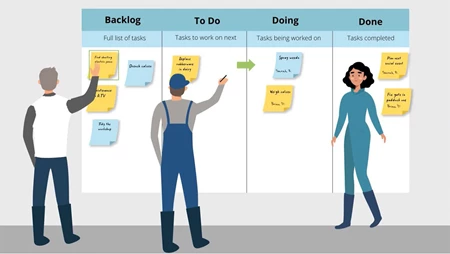
Use a visual board in the farm office, this makes it easier for team meetings.
Each task is written on a Post-It note, with enough detail for the team to understand, then placed on the board in the relevant column (Backlog, To Do).
When a team member has available time, they select a task from the To Do column and move it to the Doing column. Each task is moved across the columns as it is worked through to completion.
Anyone in the farm team can add tasks to the Backlog column, the farm manager/team leader generally moves them to the To Do column and decides on the priority order and the time frame for completion.
Farm teams have suggested using the board on a weekly basis to discuss priorities, progress and celebrate jobs done well. The board then becomes central to workload discussions.
Watch the videos below, or follow the step-by-step instructions further down the page.
Step 1 - What is a Kanban job board
Video 2:06 min
Step 2 - How a Kanban job board works
Video 2:38 min
Step 3 - Task Notes and Efficiency Tips
Video 3:03 min
Step 4 - Running a Successful Stand up Meeting
Video 1:44 min
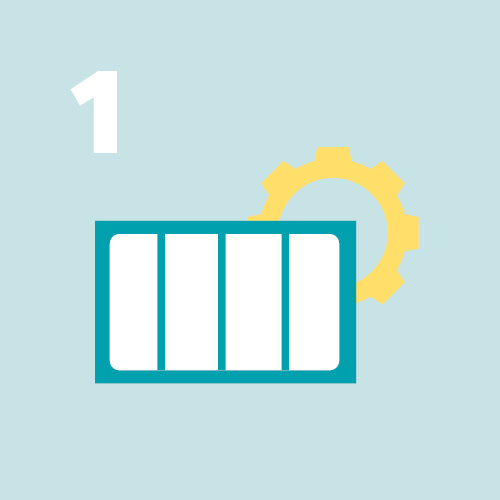
This can be as simple as creating columns on a wall with some tape, on a whiteboard, or on a printed and laminated sheet.
Add a row along the bottom for seasonal/out-of-the-ordinary tasks such as mating or shed cleaning.
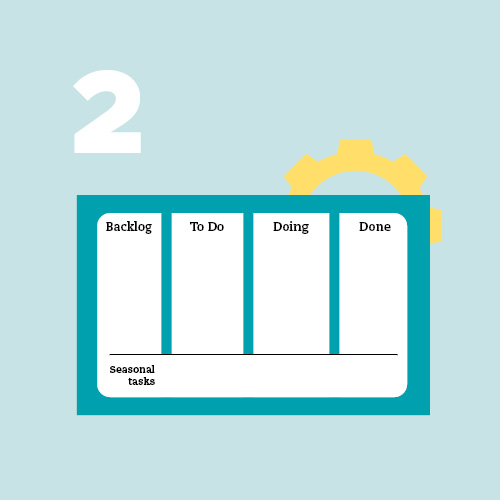
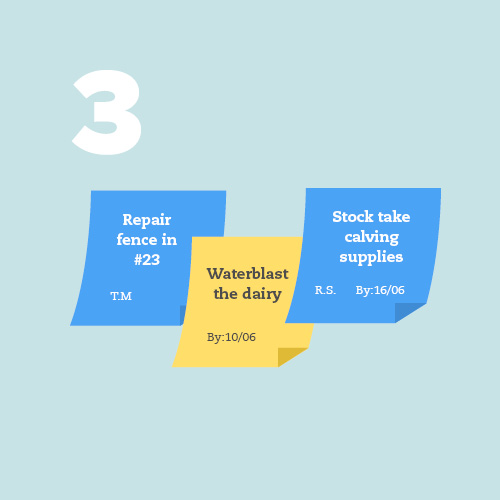
The tasks should be sized to be completed in 1-2 hours and occur irregularly.
On each task you could also reference the relevant standard operating procedure (SOP) and put a date.
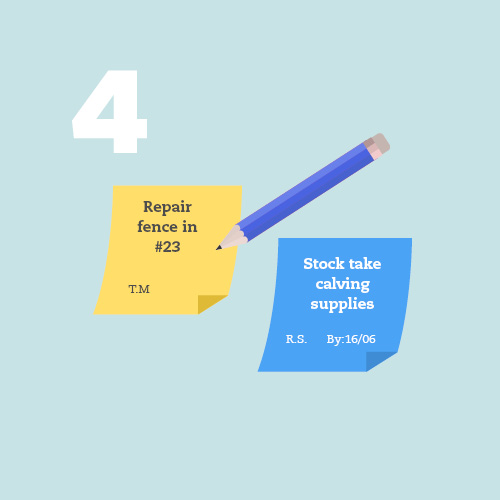

As a team agree on definitions for 'ready' and 'done'
A task must meet the agreed definition of 'ready' before moving from Backlog to To Do
A task must meet the definition of 'done' before moving from Doing to Done.
The team leader's role is to prioritise the To Do tasks column from high to low, so all team members know the highest priority tasks to work on.
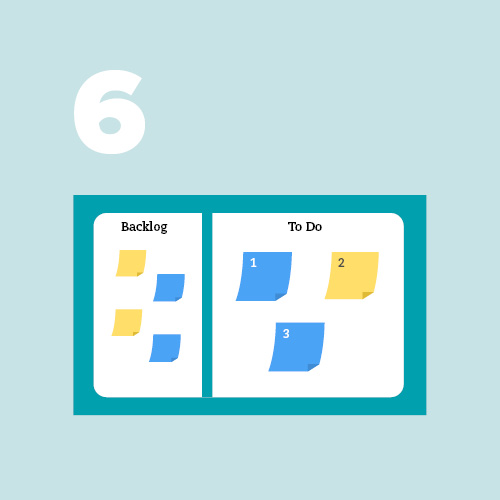

We call this 'work in progress limits' and it encourages people to finish tasks before starting new ones.
These can then be moved to the To Do column and prioritised by the team leader.
Team members select tasks from To Do and progress them across the board.
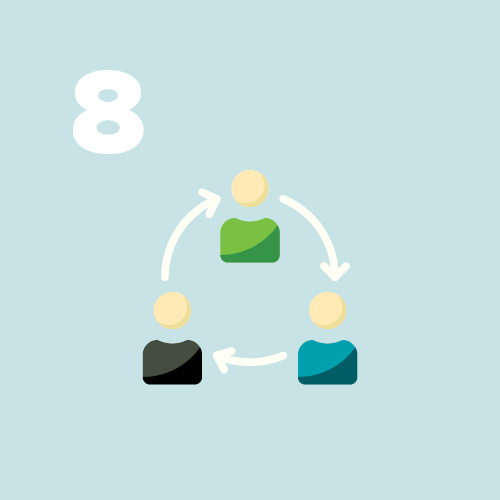

Share any helpful experiences and reprioritise tasks.
It's a good time for the team to select new tasks they want to complete.
The team leader should focus on removing impediments.
The frequency and timing of meetings is dependent on the roster, but tools like WhatsApp and Messenger allow people to attend remotely.

Find the answers to some commonly asked questions about Kanban boards.
Kanban ('khan bahn') is a Japanese word meaning 'job you can see' or sign board.
Kanban originated in the 1940's from the Toyota Production System and later become popular with software development teams.